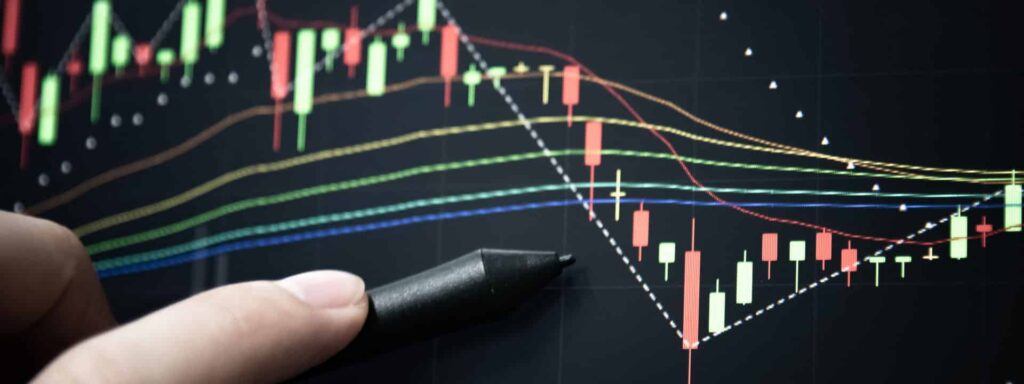Incorporating Risk Management in Mechanical Systems

For some traders, the idea of having to think about risk management for every single trade can be tedious. This is why some traders opt to incorporate risk management rules in mechanical trading systems, which can automatically calculate stop losses and position sizes. Mechanical trading systems have gained in popularity, as these can be capable […]
Different Kinds of Stop Losses

Using stop losses is a recommended risk management practice, as this will allow you to set a point where you think your trade idea might be invalidated. From there, you can be able to calculate your position size based on how much you’re willing to risk on the trade. These calculations will be discussed in […]
What is leverage all about?

One of the biggest advantages to trading in the foreign exchange market is the ability to take advantage of leverage. This enables a trader to use a small deposit to control much larger contract volumes, allowing one to keep risk capital at a minimum while maximizing potential returns. A forex broker that offers 50-to-1 leverage […]
Reward-to-risk, Win Ratio, and Expectancy

As mentioned in the earlier sections, reward-to-risk, win ratio, and expectancy comprise an important aspect of risk management. Reward-to-risk or return-or-risk refers to the ratio of the potential win on one’s trade compared to the predetermined maximum loss. This is typically calculated based on the number of pips for one’s profit target divided by the […]
Does capitalization really matter?

Perhaps one of the first few questions asked by beginner traders is how much capital they would need to open a forex trading account. Thanks to the introduction of online forex trading and the proliferation of several brokers, the barriers to entry in this market have been significantly lowered that you can open a trading […]
Using Oscillators or Leading Indicators

When it comes to using leading indicators, a good way of remembering how they work is to understand that they “oscillate” between two points, hence the name oscillator. This means that they bounce back and forth from point A to point B, which is another way of saying that what goes around comes around. When […]
How Moving Averages Work

This section covers the basic technical indicators used in forex trading, the most common of which is the moving average. As the name suggests, this kind of technical indicator measures the average closing price of the currency pair for a specified period. For example, using the moving average (20) on an hourly chart takes the […]
Fibonacci Retracement

Fibonacci retracement levels, which are commonly used to specify potential entry levels during a trending market environment, comprise another group of inflection points. These retracement levels were based the work of Leonardo Fibonacci, who is a famous mathematician known for his discovery of the golden ratio. According to Fibonacci, this ratio describes the natural proportion […]
Pivot point calculation methods

Pivot point calculation can be tedious for some but there are traders that find this method very reliable when coming up with shorter-term trade setups. Trading the news or economic events can also be combined with intraday setups using pivot points. In particular, range traders look at pivot points for potential reversals in price action. […]
Double Candlestick Patterns

Memorising double candlestick patterns can be a bit more challenging, but the trading results can be very rewarding. As with the single Japanese candlestick patterns, these come in bullish and bearish versions. The most basic type of dual candlestick formation is the bullish or bearish engulfing pattern. Simply put, the engulfing pattern occurs at the […]
